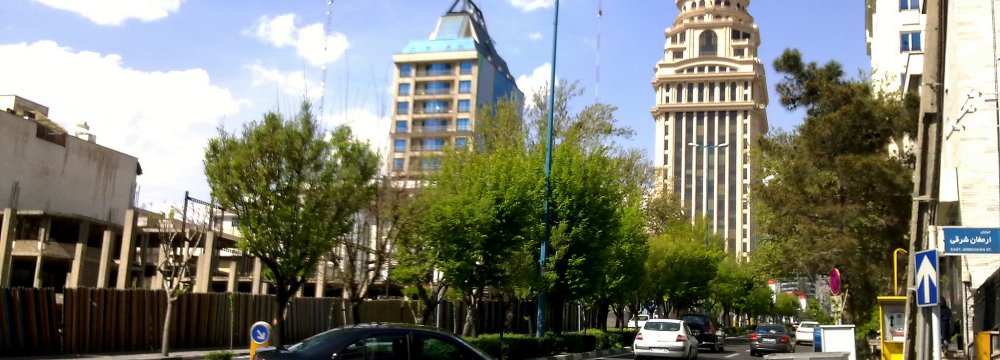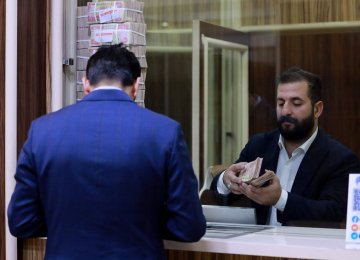A proposal by the Central Insurance company of Iran for removing the payout cap on third-party auto insurance loss of expensive cars has been approved by the government and sent to the parliament.
Gholamreza Soleimani, the CII head, told state TV that "the differentiation in paying claims in the third-party segment has led to disappointment of policyholders. This would have a negative impact on industry's efforts for increase the penetration rate of insurance services."
He urged lawmakers to amend rules in a way that insurance companies can make up for the higher portion of the losses.
As per law, insurers are obliged to compensate up to 2.2 billion rials in loss incurred by costly cars during road mishaps – like cars costing 2.2 billion rials and above in the current fiscal year that ends next March.
This is seen as a major hurdle after the historic rise in car prices in the Iran in the past few years. Insurance firms should compensate the total loss, he implied, expressing that hope that the Majlis would respond in the affirmative.
Third-party vehicle insurance is mandatory in Iran and car owners lacking this type of policy are fined.
It is essentially a form of liability insurance according to which, in the case of a road accident, the insurer is required to compensate the inflicted party for the physical or financial loss according to the reimbursement ceiling set by the High Council of Insurance, affiliated to the Central Insurance of Iran.
An insurance policy is bought by the insured (first-party), from an insurer (second party) for protection against claims by another (third party).
Sale of this type of insurance policy is the main source of income for insurance companies accounting for one-third of their premium income. Insurers sold 24.7 million third-party auto insurance policies last year worth 274 trillion rials ($1.15 billion). This was 33.5% and 36% growth in premium income and the policies sold.
Total claims paid by insurance companies was 436.7 trillion rials ($1.83b) during the year up 30% compared toh the year before. Third party auto insurance accounted for 40% of the total payout at 175.2 trillion rials ($736.1m), up 27.7%.
"Unlike the third-party insurance segment, we have recorded considerable growth in most other categories," Soleimani said, referring to medical insurance as a growth industry in which the government does not intervene and tariffs are negotiable.
Soleimani added that the CII wants to implement another long-awaited change in the third-party insurance, from the present vehicle-based coverage to a driver-based coverage.
Experts say the law needs reform along with a more risk-based supervisory system. On the one hand, this would imply liberalization, and on the other compel the market to move toward a more value- and risk-based management, where transparency can discipline the key market and direct it toward sustainable growth.
Body Injury Fund
The Body Injury Indemnity Fund was established in 1969 and is affiliated to the CII. It seeks to compensate body injury in different insurance sectors. But since third-party insurance became law in 2015 after a seven-year trial period, BIIF covers this area as well.
Legislation, which was approved in November 2015, made it possible for the fund to indemnify third-party policyholders if insurance companies are unable or unwilling to meet their obligations.
The fund paid 19.3 trillion rials in losses to an estimated 23,000 policyholders in the fiscal year that ended in March, the BIIF head told IRNA on Friday.
"More than 48.8 trillion rials were added to the fund's resources last year that was 40% higher compared to the year before," Majid Behzadpour said.
"BIIF payouts last year went to 17,000 cases of injuries and more than 6,000 cases of deaths in road accidents.
Iran has one of the highest rates of road accidents in the world. Annually 20,000 plus people are killed and 800,000 are injured in road crashes with men comprising 75% of the total, mostly in the 25-40 age group.








Add new comment
Read our comment policy before posting your viewpoints